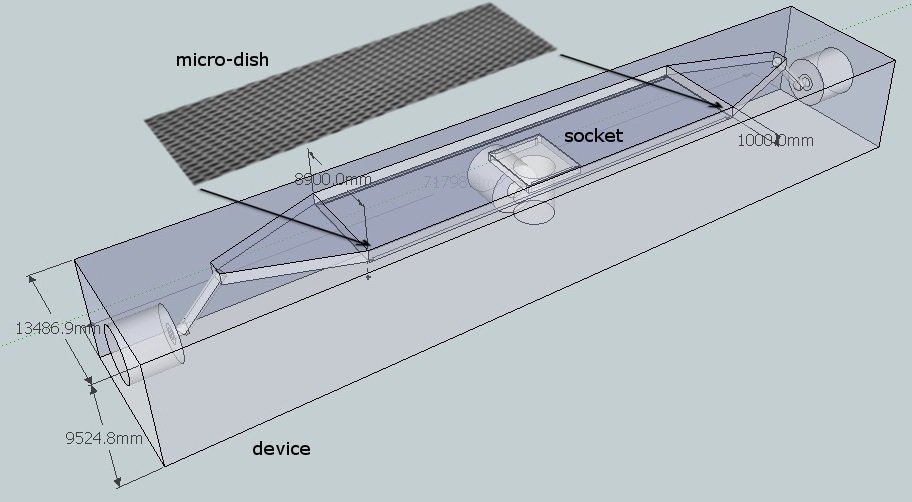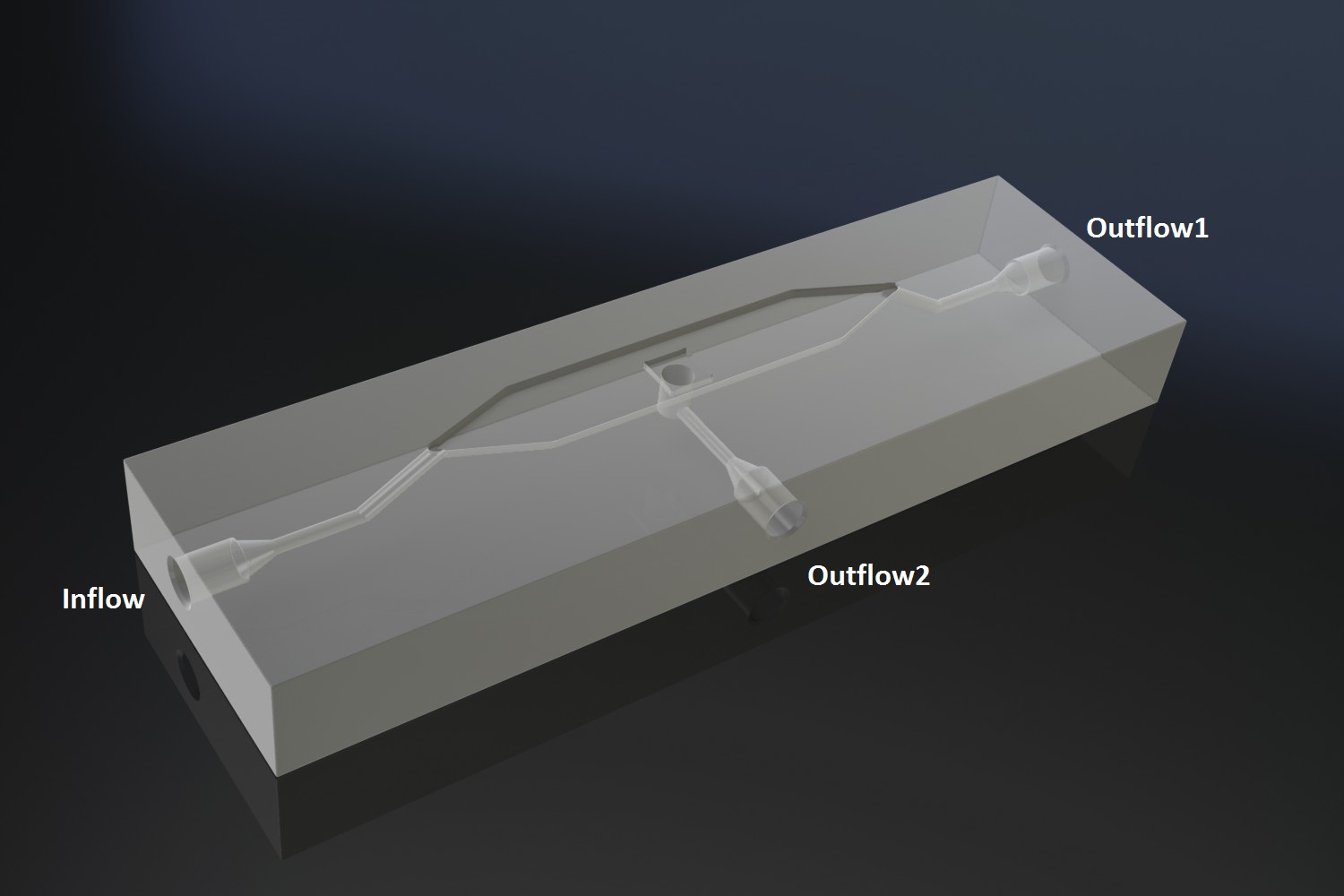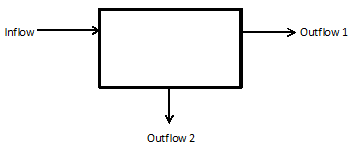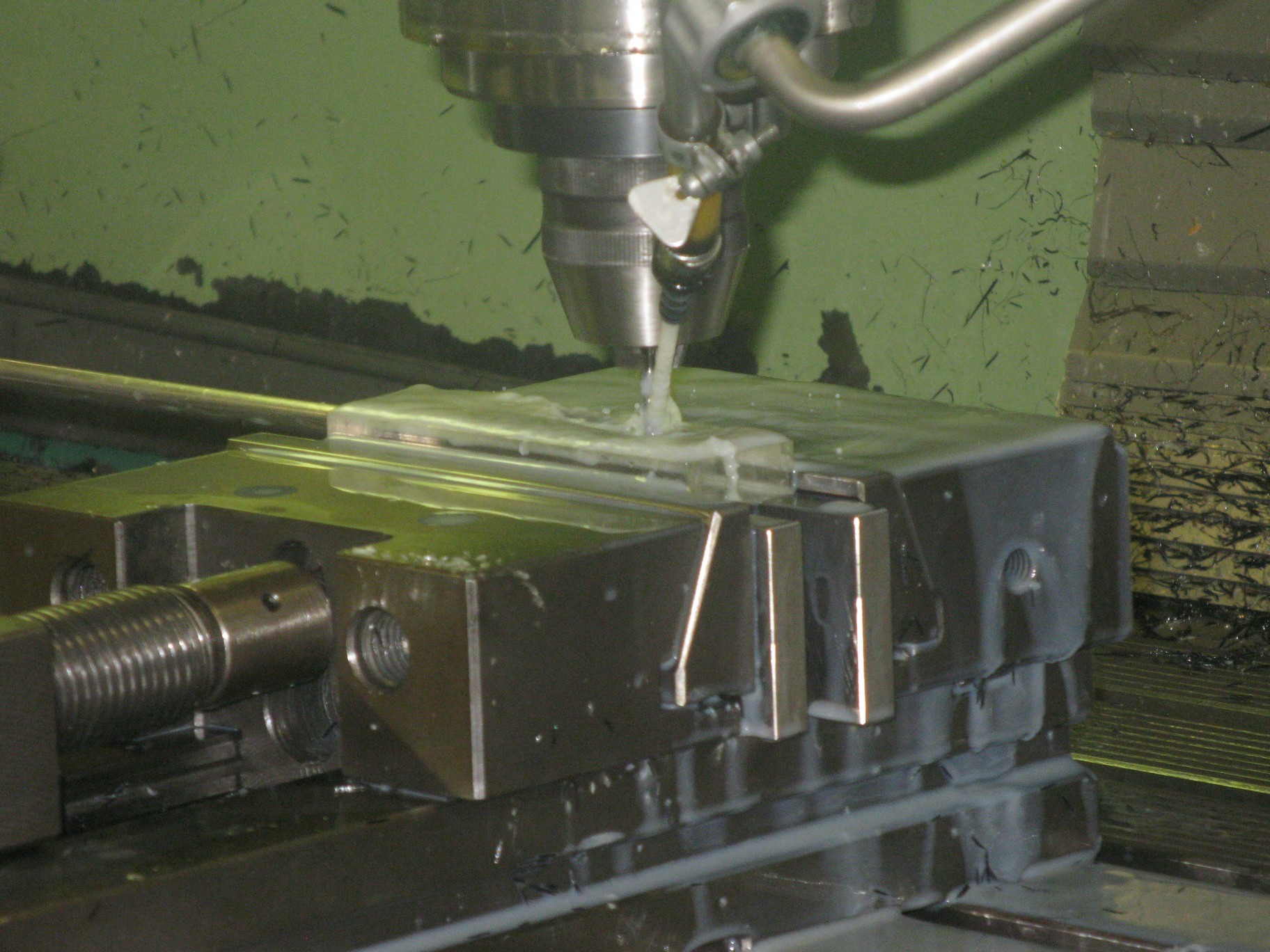Team:Wageningen UR/Project/Devices
From 2011.igem.org
(→Fluid device designed by Team Wageningen UR to measure oscillations) |
(→Fluid device designed by Team Wageningen UR to measure oscillations) |
||
| Line 28: | Line 28: | ||
{{:Team:Wageningen_UR/Templates/Style | text= __NOTOC__ | {{:Team:Wageningen_UR/Templates/Style | text= __NOTOC__ | ||
| - | ==== 1. Design ==== | + | ====1. Design==== |
The [http://www.nature.com/nature/journal/v463/n7279/abs/nature08753.html paper] our system is based on used microfluidic devices to measure oscillations. Such microfluidic devices however are very expensive and our iGEM team budget was limited, so we decided to design a customary fluidic device, which was produced in the Wageningen University workshop. To keep as many options as possible open, the design implemented the idea of potentially accommodating two bacteria growing platforms, a micro-sieve and a micro-dish. Gaining more in-depth understanding of our system, we decided to focus on the micro-dish as platform to test the oscillatory behaviour of our construct. Figure 1 and 2 below show the flow chamber as original scetch designed by our team and the 3D rendered depiction of the final device. | The [http://www.nature.com/nature/journal/v463/n7279/abs/nature08753.html paper] our system is based on used microfluidic devices to measure oscillations. Such microfluidic devices however are very expensive and our iGEM team budget was limited, so we decided to design a customary fluidic device, which was produced in the Wageningen University workshop. To keep as many options as possible open, the design implemented the idea of potentially accommodating two bacteria growing platforms, a micro-sieve and a micro-dish. Gaining more in-depth understanding of our system, we decided to focus on the micro-dish as platform to test the oscillatory behaviour of our construct. Figure 1 and 2 below show the flow chamber as original scetch designed by our team and the 3D rendered depiction of the final device. | ||
| Line 48: | Line 48: | ||
[[File:Production_device_WUR.jpg|200px]] | [[File:Production_device_WUR.jpg|200px]] | ||
'''Fig.3:''' ''Production of the device in the Wageningen University workshop'' | '''Fig.3:''' ''Production of the device in the Wageningen University workshop'' | ||
| + | |||
==== 2. Setup ==== | ==== 2. Setup ==== | ||
| + | |||
| + | The device | ||
}} | }} | ||
| + | |||
Revision as of 22:39, 16 September 2011
 "
"






